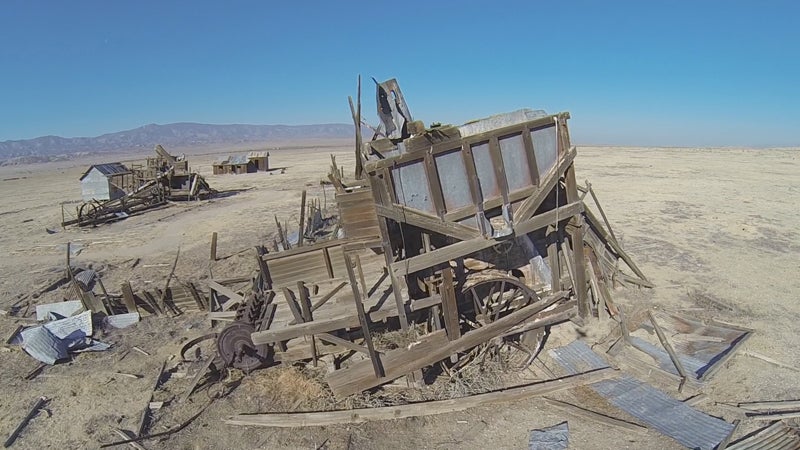On Thursday, the (USGS) announced updates to its , the first since 2008. Used by engineers and architects (among others) for building and bridge construction, these maps provide information on the likelihood, frequency, and severity of earthquakes throughout the nation.
These latest updates purport to be a significant improvement on previous findings. As the project’s abstract states:
“The input models are improved from those implemented in 2008 by using new ground motion models that have incorporated about twice as many earthquake strong ground shaking data and by incorporating many additional scientific studies that indicate broader ranges of earthquake source and ground motion models.”
The new maps indicate that 42 out of 50 U.S. states “have a reasonable chance of experiencing damaging ground shaking from an earthquake in 50 years,” with 16 of these states having a “relatively high likelihood” of a more damaging quake.
The big takeaway from the most recent report might be the greater risk for states on the Eastern Seaboard, as West Coast locales have long known they are in a vulnerable geographical spot.
In case you’re scouting for a place to fulfill your lifelong dream of opening the world’s largest glass menagerie, here are the 16 states with the highest quake risk: Alaska, Arkansas, California, Hawaii, Idaho, Illinois, Kentucky, Missouri, Montana, Nevada, Oregon, South Carolina, Tennessee, Utah, Washington, and Wyoming.


